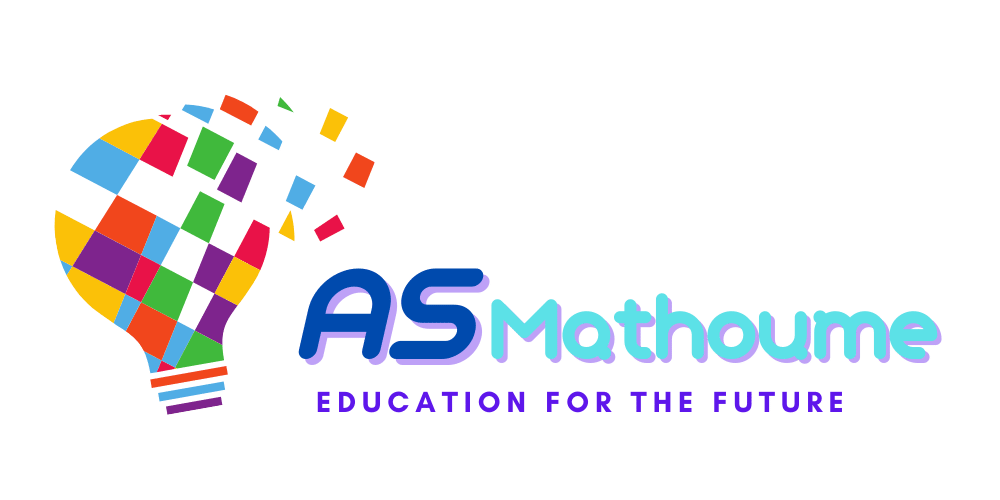Topic 1: Note-Taking Strategies Copy
The Importance of Note-Taking: Ah, note-taking, the unsung hero of effective learning! It is a skill that actively engages you with the material, enhances your understanding, and aids in retaining important information. Whether it’s during lectures, readings, or discussions, note-taking keeps you focused, allows you to capture key concepts, and serves as a valuable resource for review and study. So, embrace the power of note-taking, my friends, and watch your learning soar!
Choosing the Right Note-Taking Method: Imagine a toolbox filled with various note-taking methods, each suited to different learning needs. The Cornell method, the outline method, concept mapping, and the SQ3R method are just a few examples. These methods provide structures for organizing information, allowing you to find the approach that best suits your learning style and the nature of the content you’re studying. So, explore, experiment, and find your perfect note-taking match!
Active Listening and Selective Note-Taking: Ah, the art of active listening! It’s the key to selective note-taking. When you actively listen, staying attentive, focusing on key points, and summarizing information in your own words, you filter out the noise and capture the essence of the lecture or reading. By engaging with the material, you identify the most relevant information to include in your notes, ensuring that your precious study time is well spent!
Structuring Your Notes: Let’s unlock the power of structure, my eager learners! By organizing your notes with headings, bullet points, numbering, and indentations, you create a clear hierarchy of information. This hierarchy helps you quickly locate and understand key concepts and relationships. Additionally, leaving space for annotations, questions, or connections allows for further insights and deepens your understanding. So, structure your notes like a master architect, and let clarity be your guiding principle!
Abbreviations, Symbols, and Visual Cues: Ah, the art of shorthand! By using abbreviations, symbols, and visual cues, you streamline your note-taking process. These clever techniques help you capture information swiftly and efficiently, whether it’s in lectures or while reading. But remember, develop a consistent system that you can easily interpret later. Let your notes become a language of their own, allowing you to unlock the wealth of knowledge within!
Reviewing and Revising Your Notes: The journey doesn’t end with note-taking, my diligent scholars! Regularly reviewing and revising your notes is the secret ingredient to reinforcing your memory and solidifying your understanding. Shortly after the initial lecture or reading, revisit your notes, filling in any gaps in your understanding and reinforcing your knowledge. Synthesize information from your notes into summaries or concept maps, and watch your understanding deepen with each review!
Digital Note-Taking Tools: Welcome to the digital era, my tech-savvy learners! Digital note-taking tools offer a world of convenience, from note-taking apps to cloud storage and searchable databases. They allow you to organize, search, and access your notes across multiple devices with ease. But remember, choose a tool that aligns with your preferences and promotes active engagement with the material. Let technology enhance your note-taking prowess!
